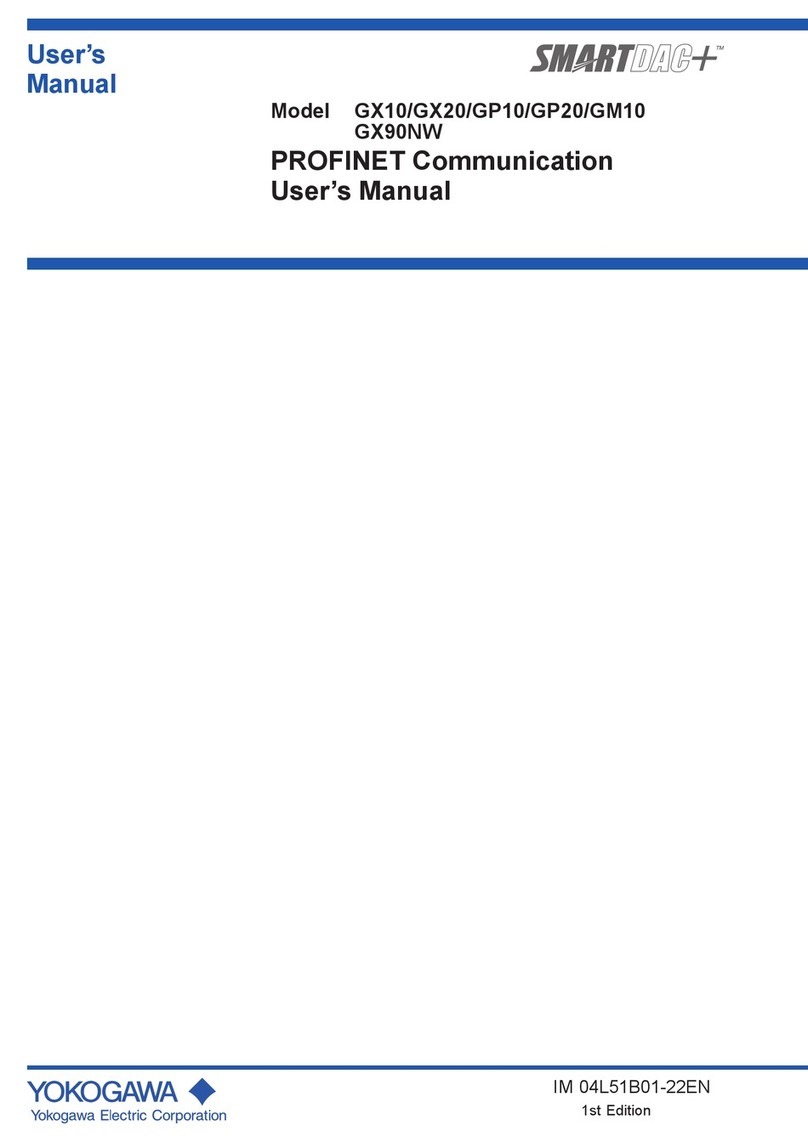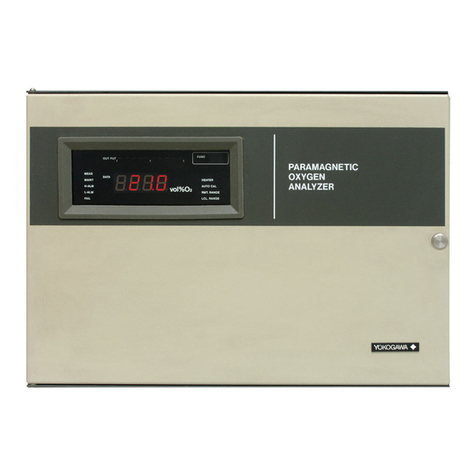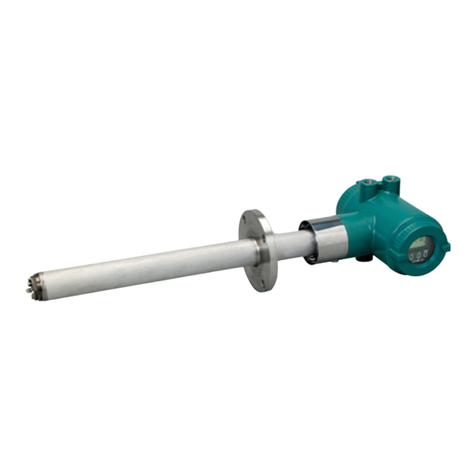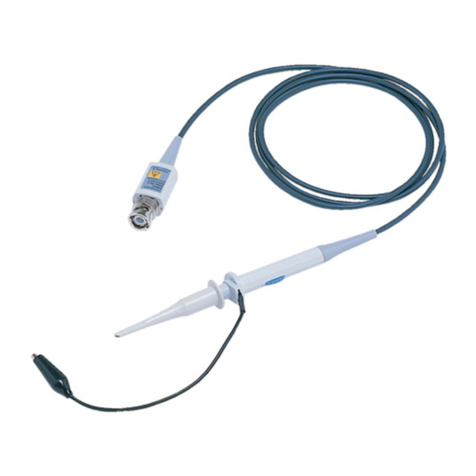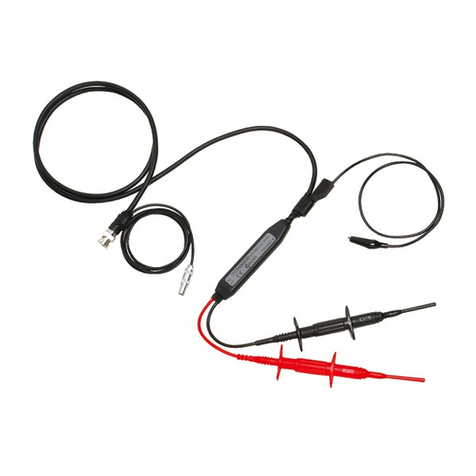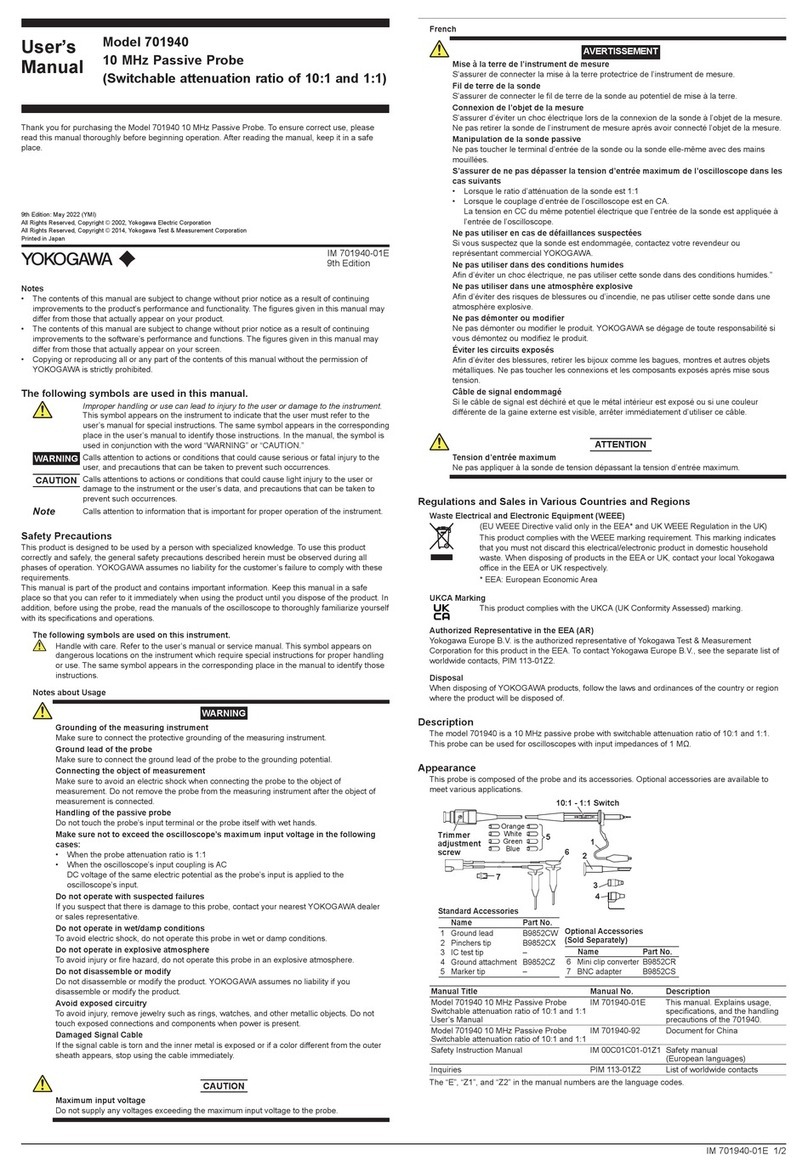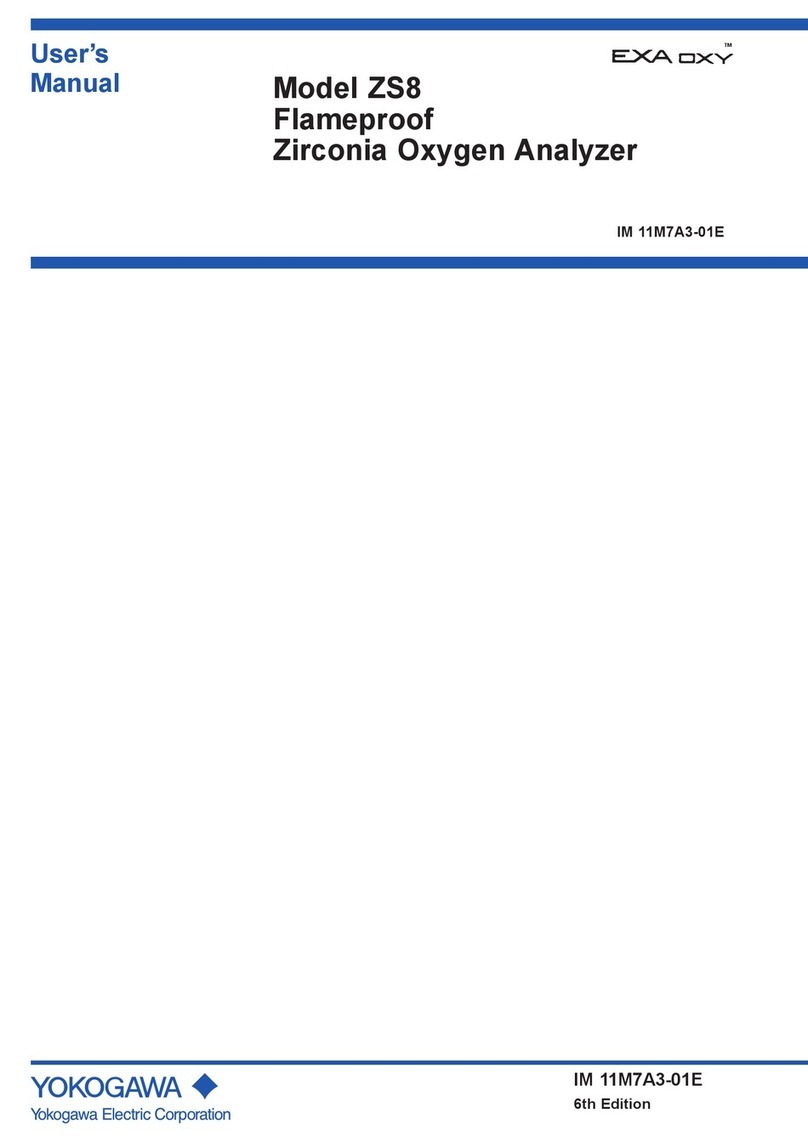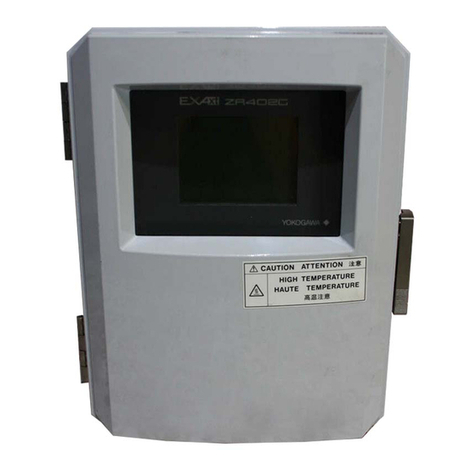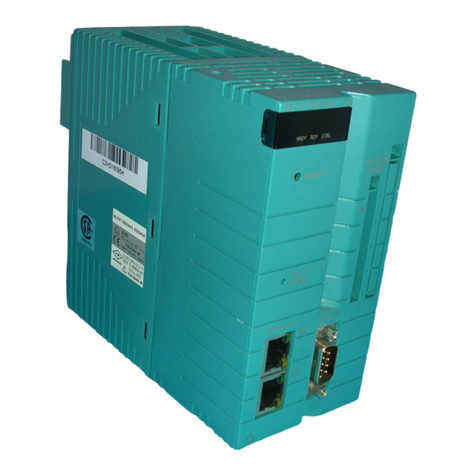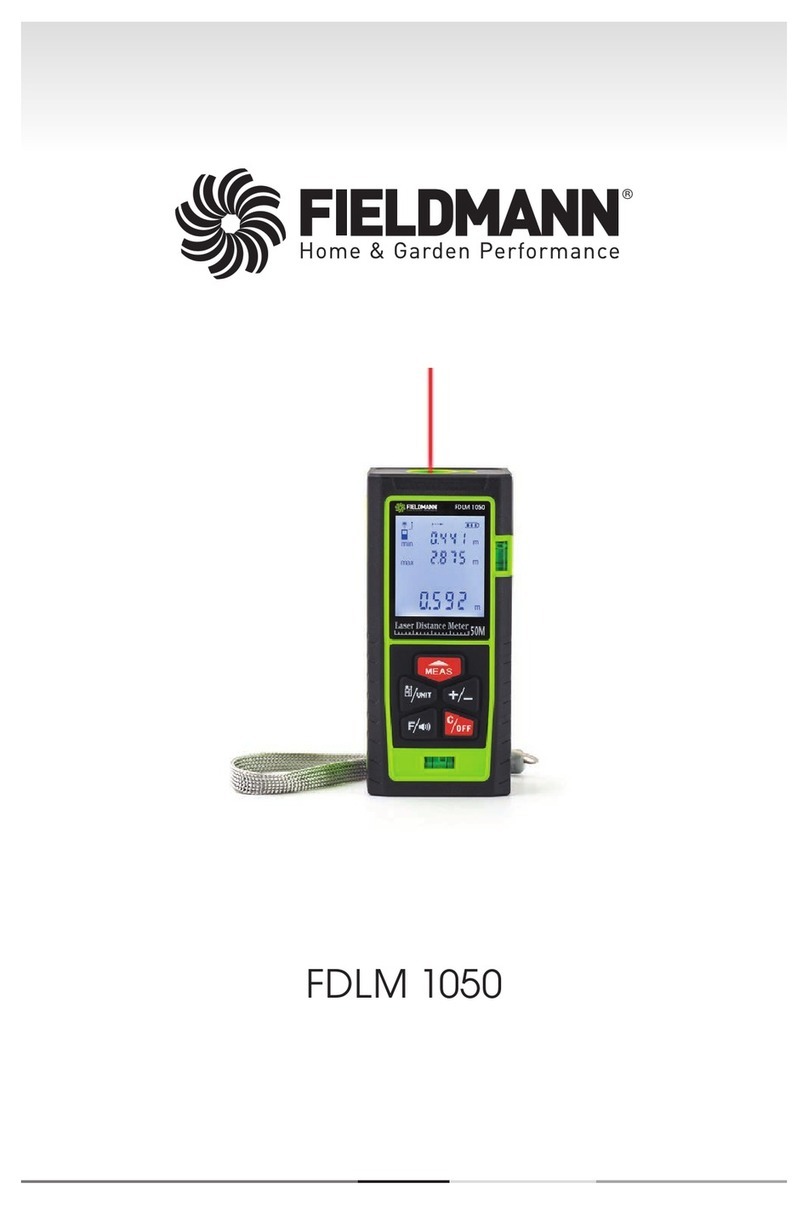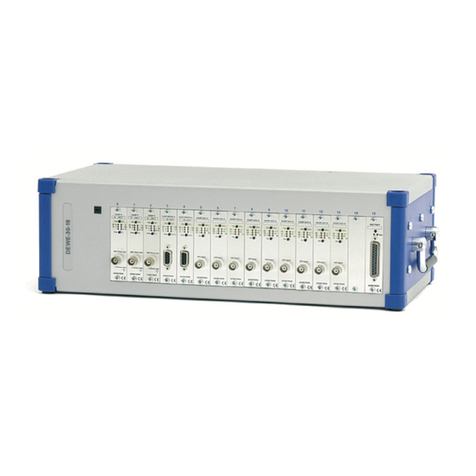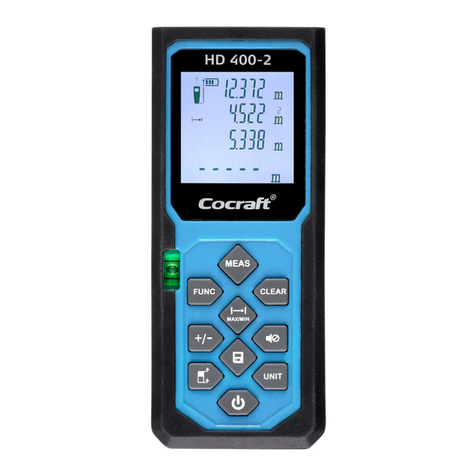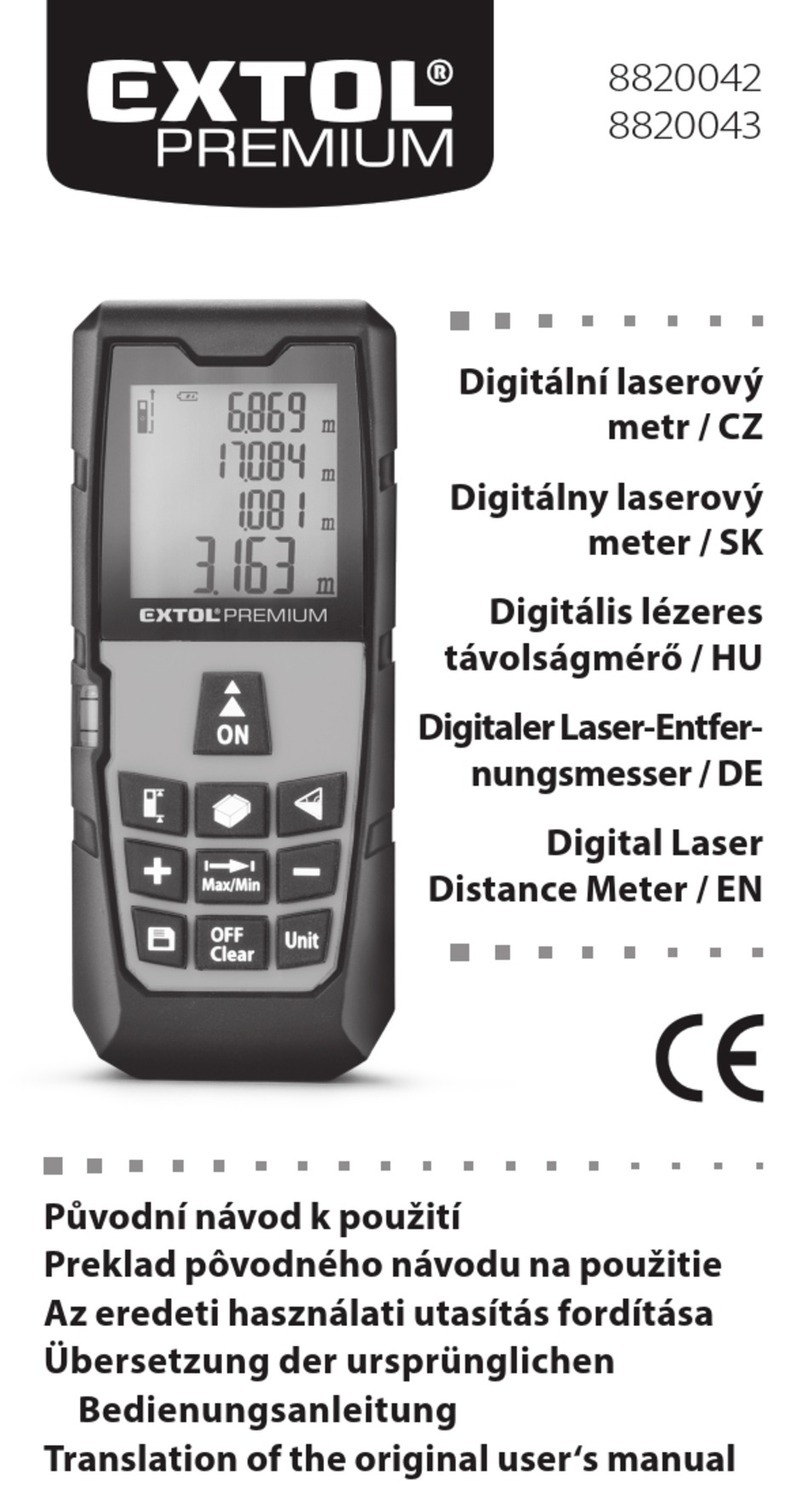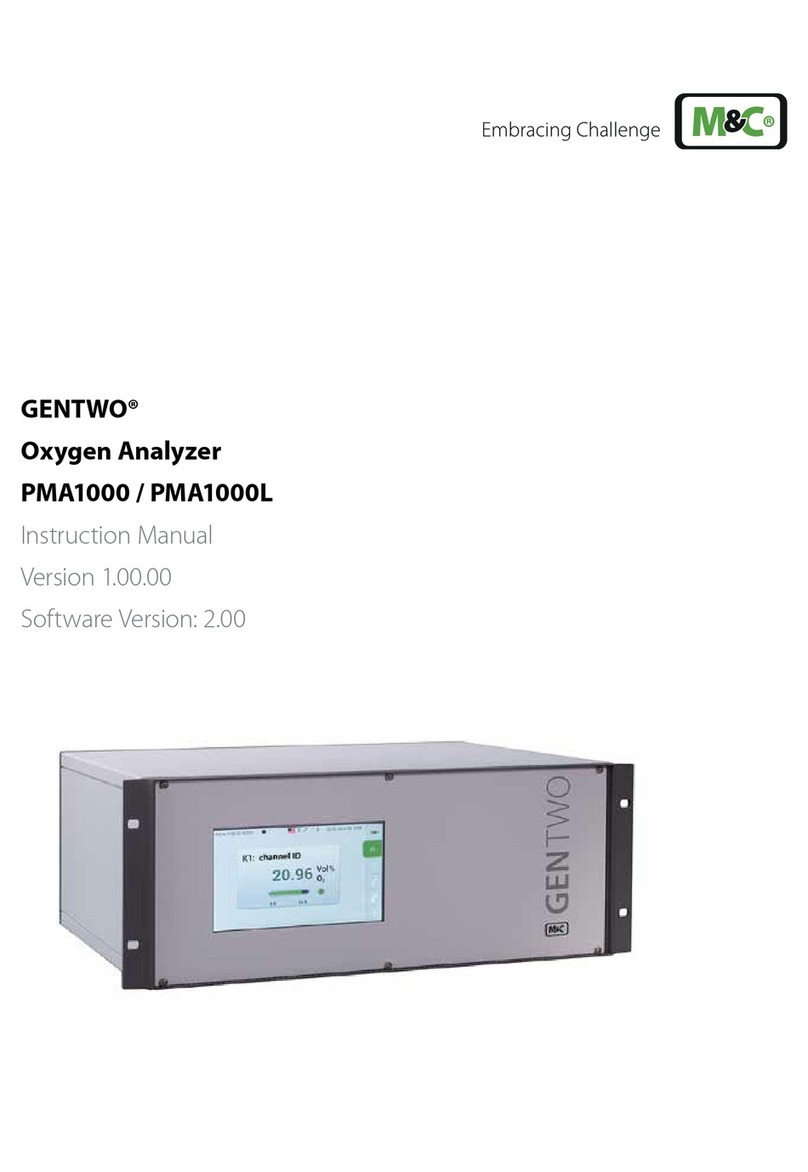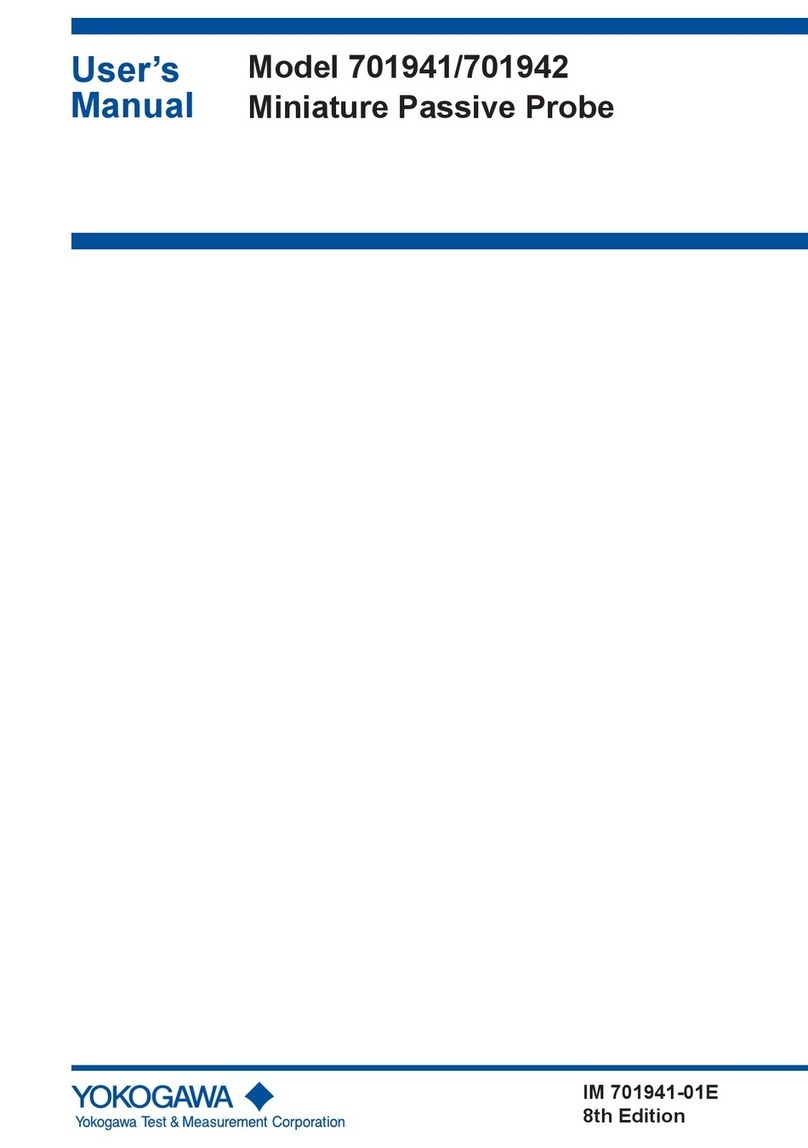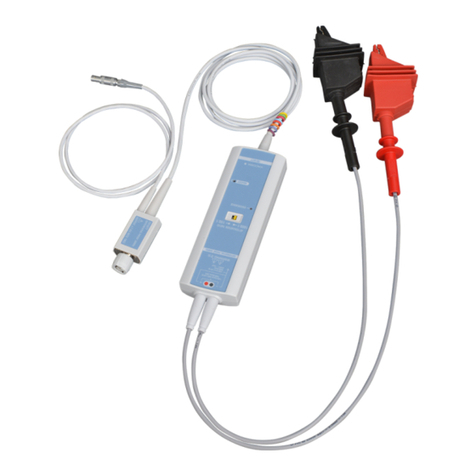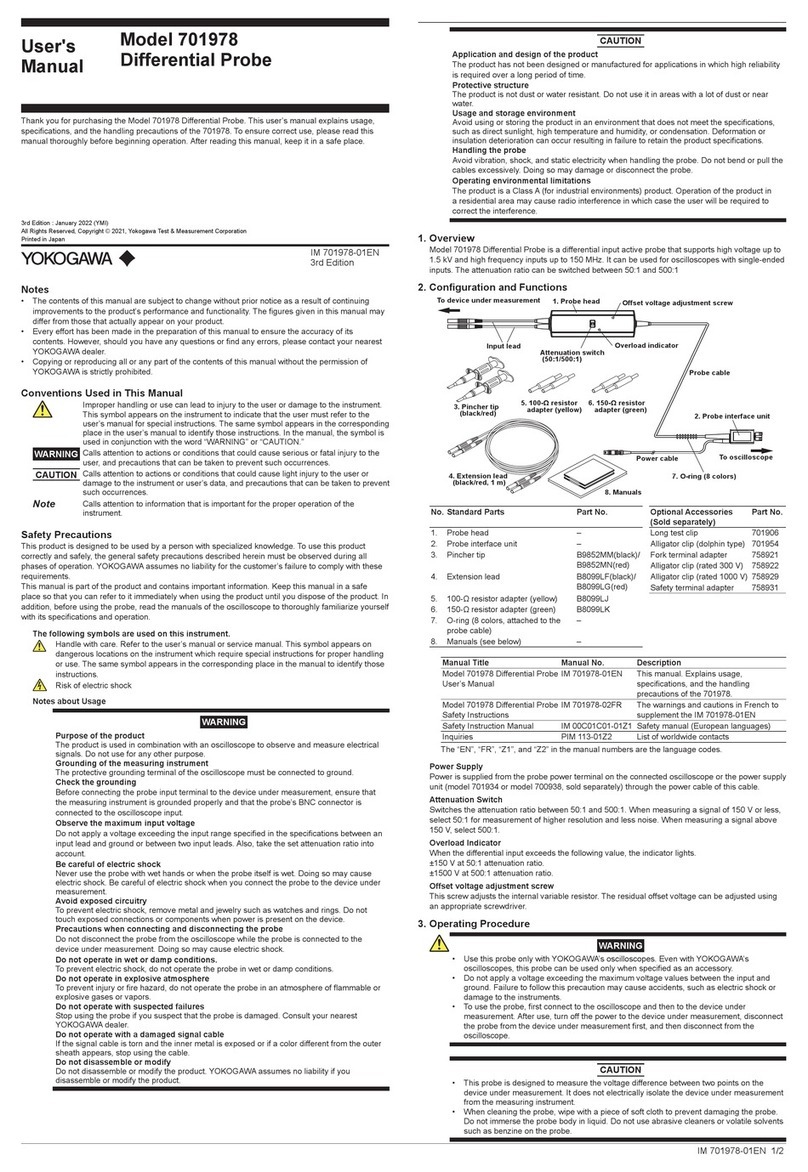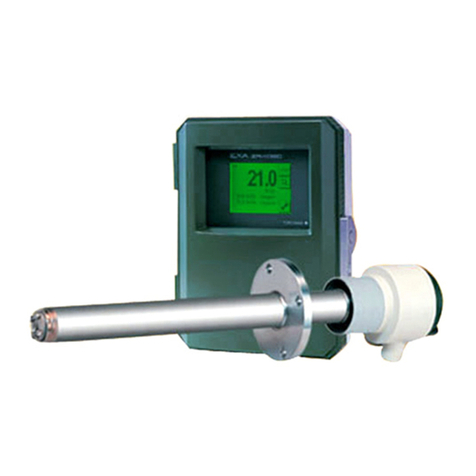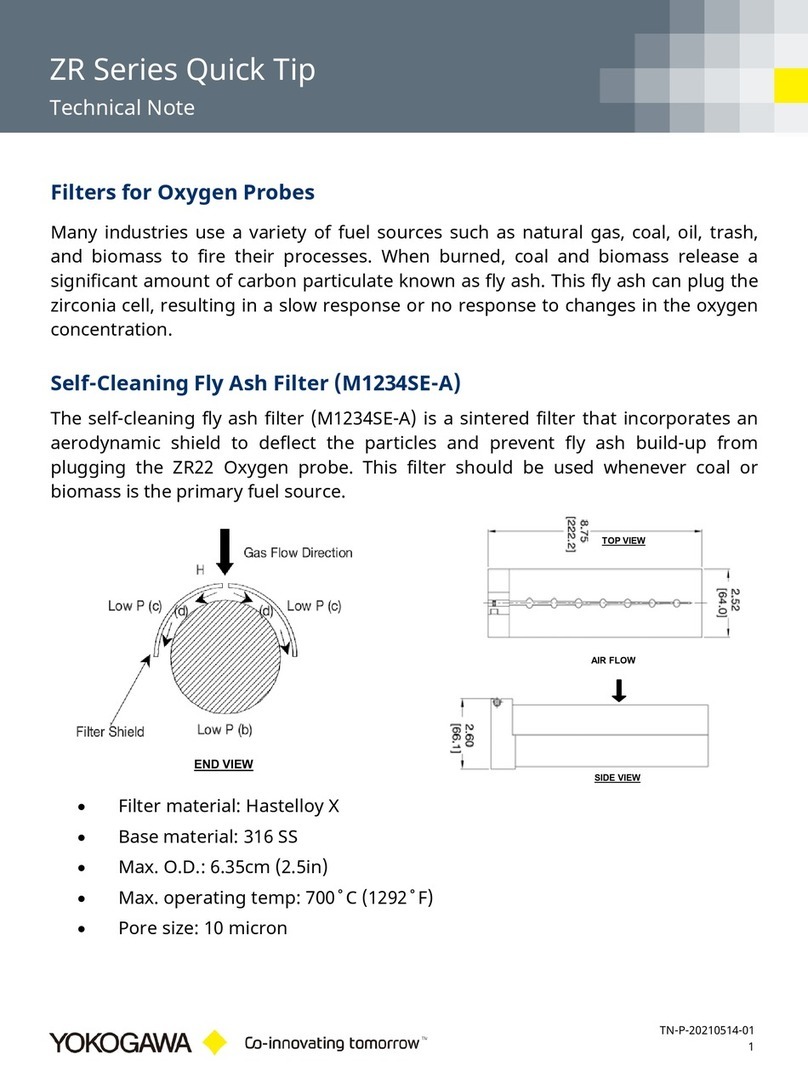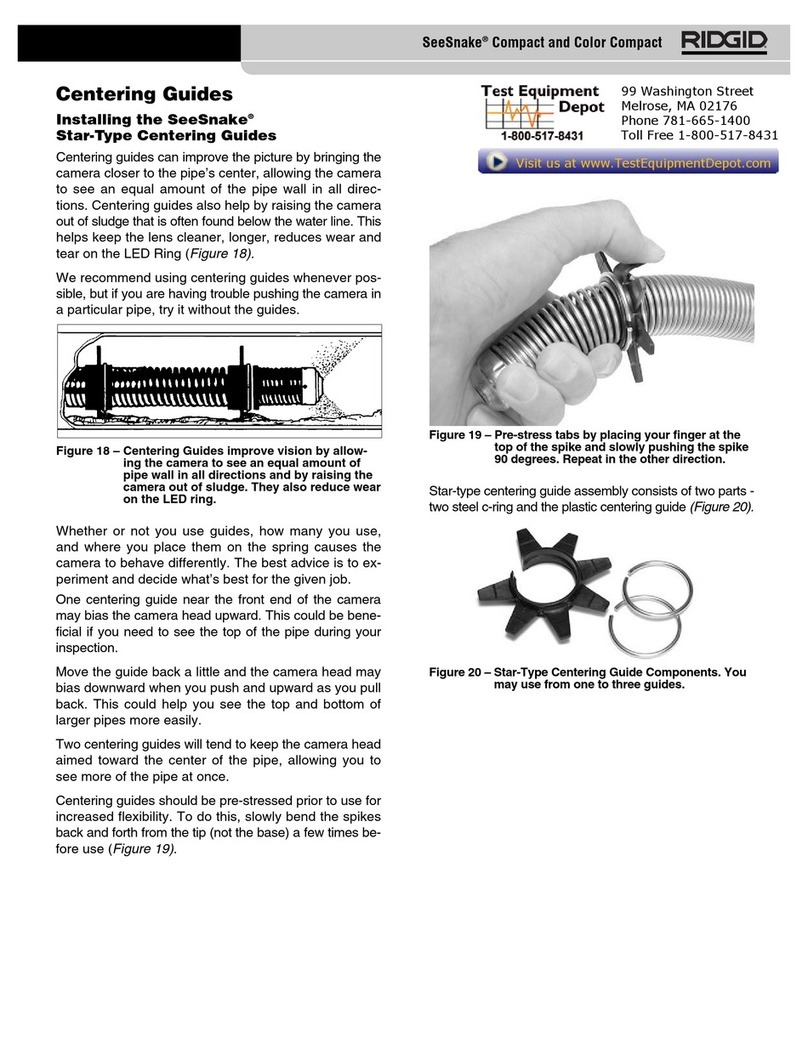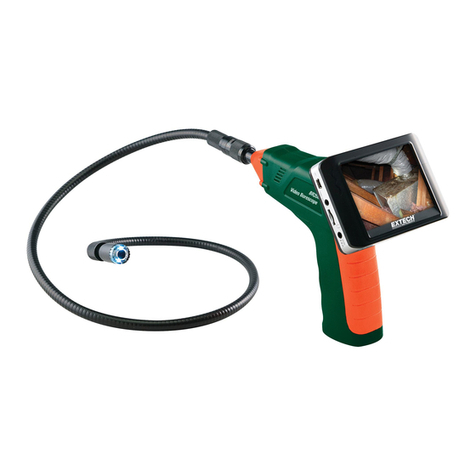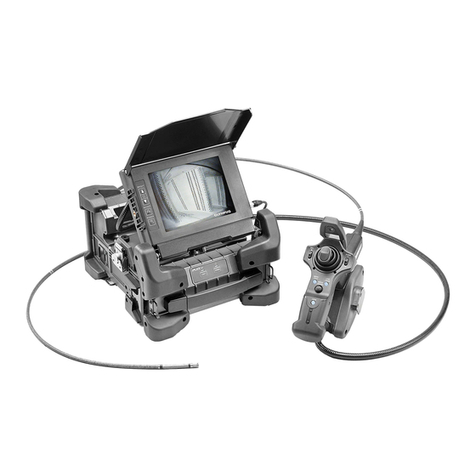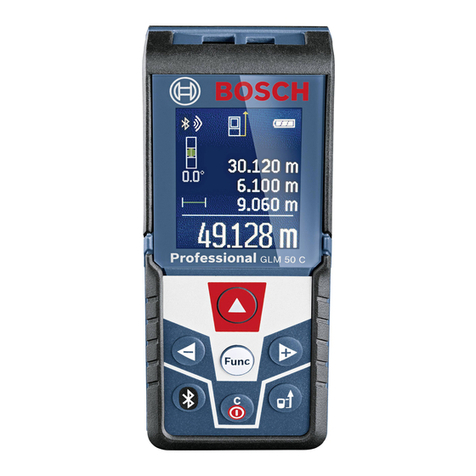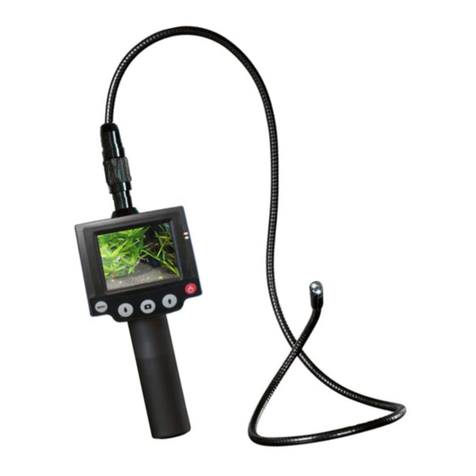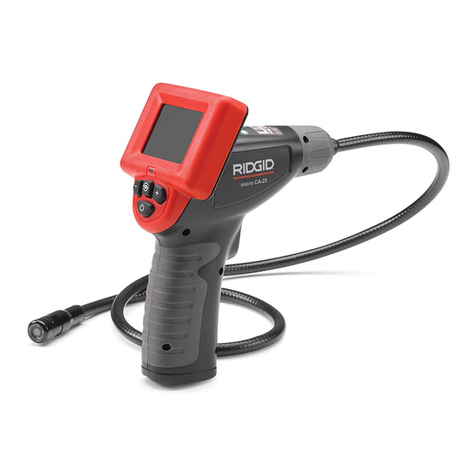
IM 11M10A01-01E
viii
Contents
Safety Precautions ................................................................................................................ i
r After-Sales Warranty .................................................................................................... iv
Notes on Use ......................................................................................................................... v
Restrictions on Use .............................................................................................................vi
How to Use This Manual .................................................................................................. vii
1. Overview ....................................................................................................................... 1-1
1.1 Cautions Regarding Use ..................................................................................... 1-1
1.2 Standard Specifications....................................................................................... 1-2
1.3 MS Code ............................................................................................................. 1-3
1.4 External Dimensions........................................................................................... 1-4
1.5 Sensor Operating Principles ............................................................................... 1-7
2. Installation ................................................................................................................... 2-1
2.1 Names and Functions of Parts............................................................................ 2-1
2.1.1 Sensor ......................................................................................................... 2-1
2.1.2 Instrument Body......................................................................................... 2-1
2.2 Installation Location for the Instrument............................................................. 2-4
2.3 Installing the Instrument ..................................................................................... 2-5
2.4 Wiring ....................................................................................................... 2-6
2.4.1 Power Wiring ............................................................................................. 2-6
2.4.2 Connecting to an External Instrument .............................................. 2-7
2.5 Installation of Sensor .......................................................................................... 2-8
2.6 Installing the Optional Sampling Unit (K9424GA) ........................................... 2-9
2.7 Calibration Kit (Optional) ................................................................................ 2-11
3. Operation ..................................................................................................................... 3-1
3.1 Calibration........................................................................................................... 3-1
3.1.1 One-point Calibration in Atmospheric Air (Span Calibration)................. 3-1
3.1.2 When Measuring on 0 to 1000 ppm O2 Range ........................................ 3-2
3.1.3 Setting Error Display ................................................................................. 3-2
3.2 Alarm Setting ...................................................................................................... 3-3
3.3 Alarms and Alarm Output .................................................................................. 3-3
3.4 Setting 4 to 20 mA DC Output .......................................................................... 3-3
4. Troubleshooting........................................................................................................... 4-1
